Tag: PR-TF83.3
-
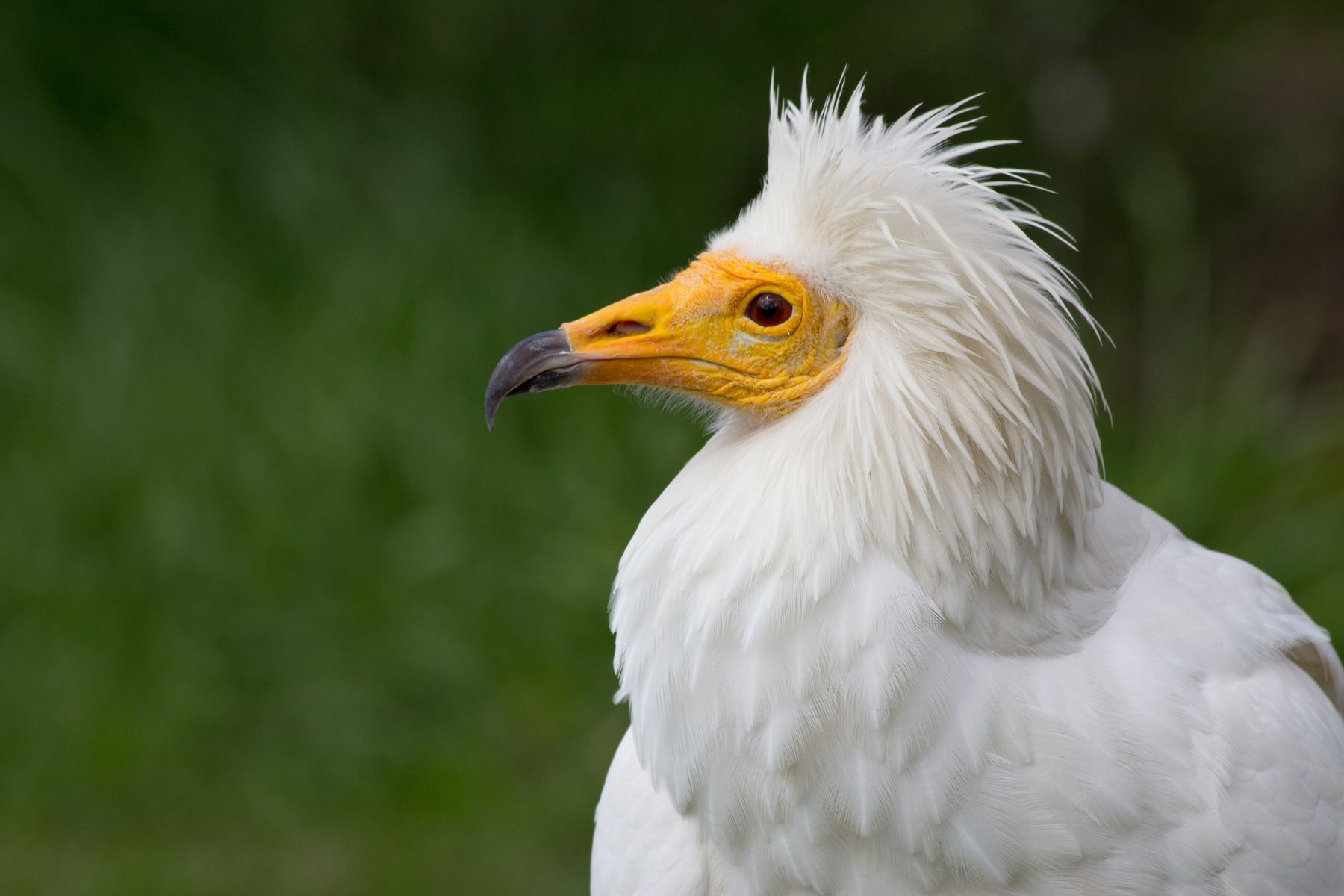
Pino del Guirre
—
by
The perch of the last vultures on the island. “Guirre” is what the Egyptian vulture (Neophron percnoterus majorensis) is popularly known in the Canary Islands. It is a species of vulture that flew over the skies of Tenerife until well into the 20th century. The abandonment of agriculture, poaching, poisons and, in general, the change…
-
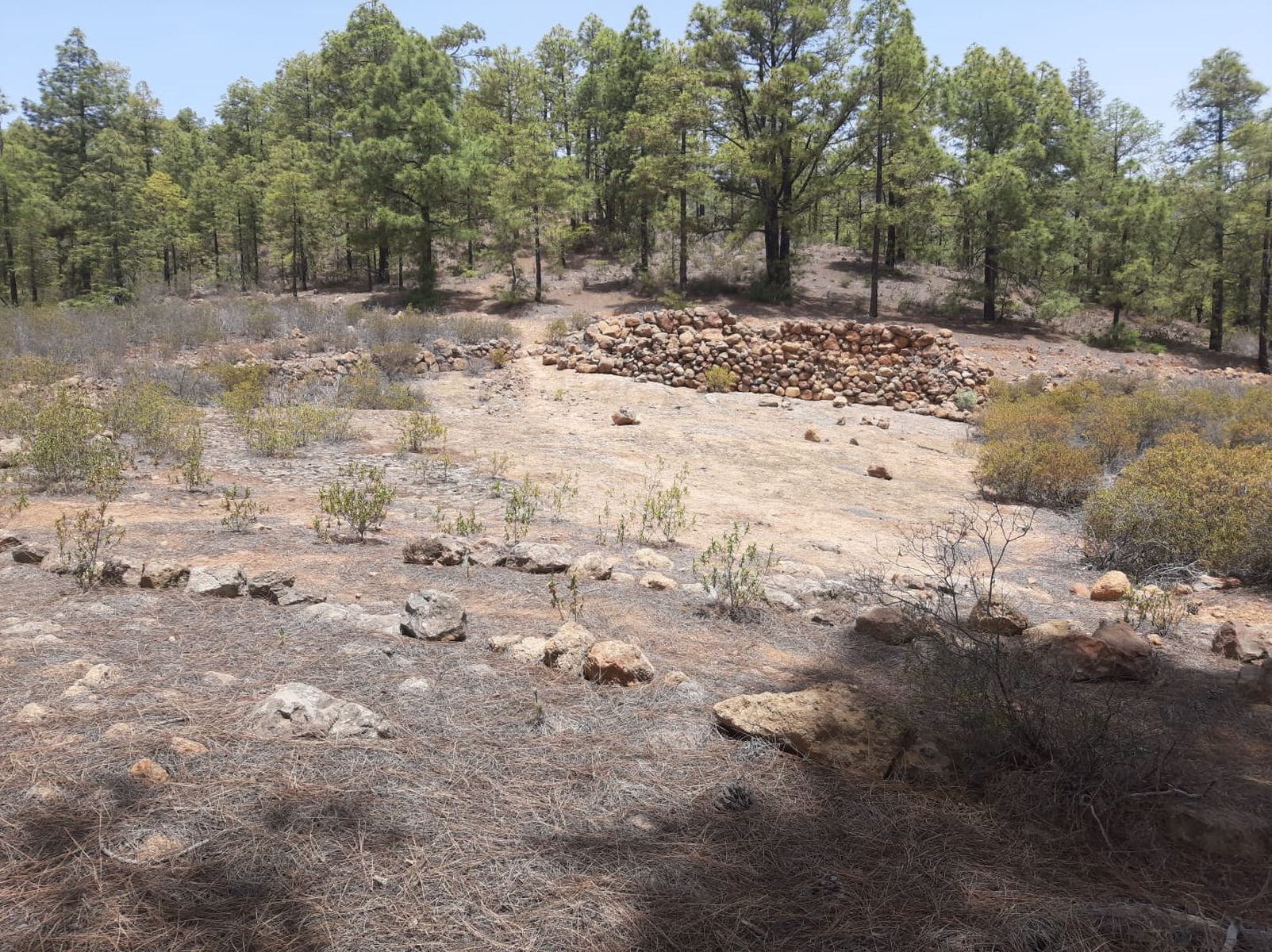
El Aserradero
—
by
The Las Vegas pine forest was an important source of raw materials. The magnificent pine forests in the south of Tenerife were tremendously exploited for the wealth contained within the old pine trees. The Canary Island pine became an extraordinary natural resource when the high quality of its inner wood was discovered: tea. This heartwood,…
-
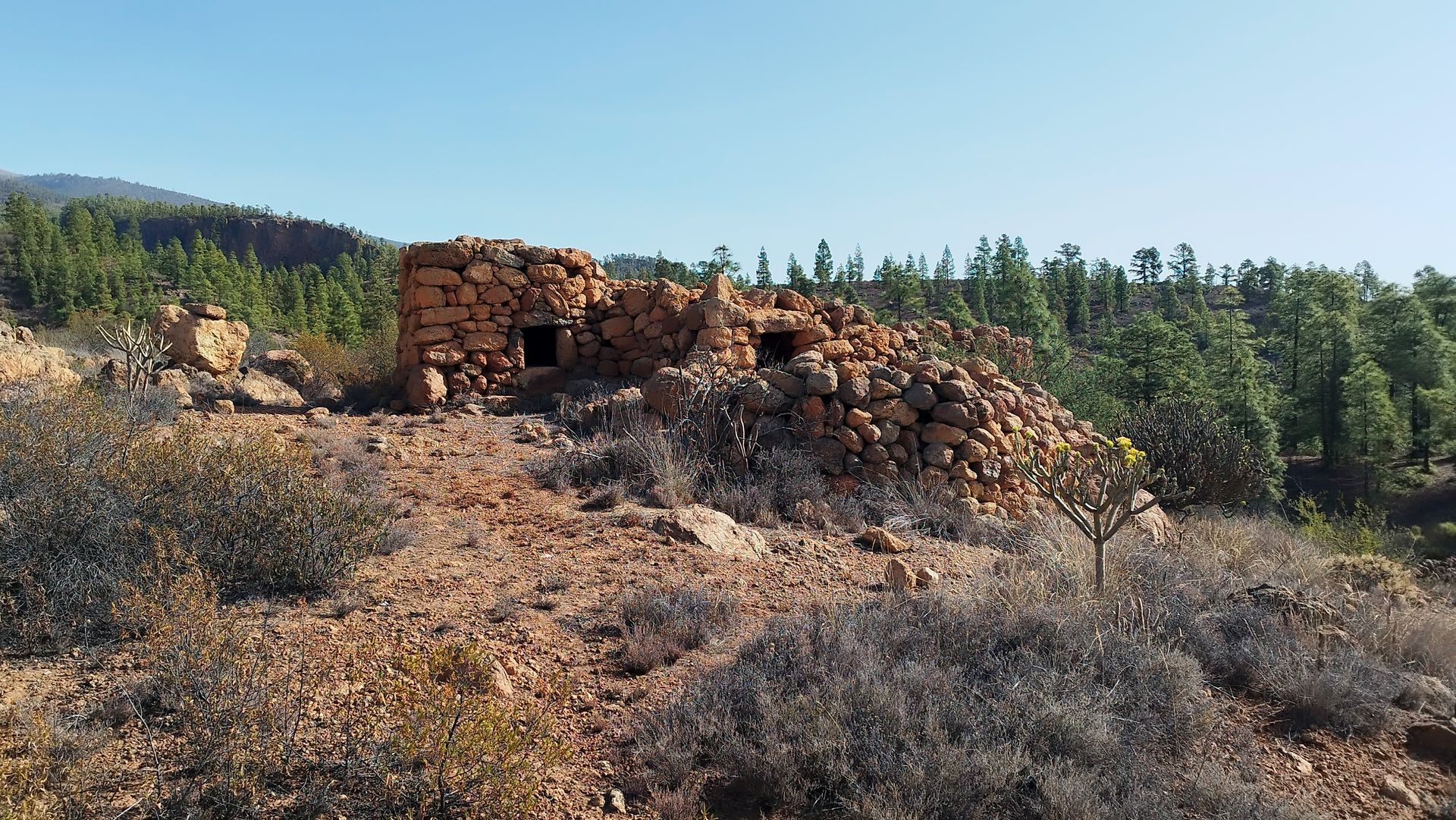
Los Hibrones
—
by
The hybrons or jibbons came down this way The Canarian term hibrón or jibrón refers to the timbers placed parallel to the pairs of a roof frame to receive the planking. However, on the islands of El Hierro and Tenerife, by extension, it refers to any kind of timber. This nucleus and road probably get…
-
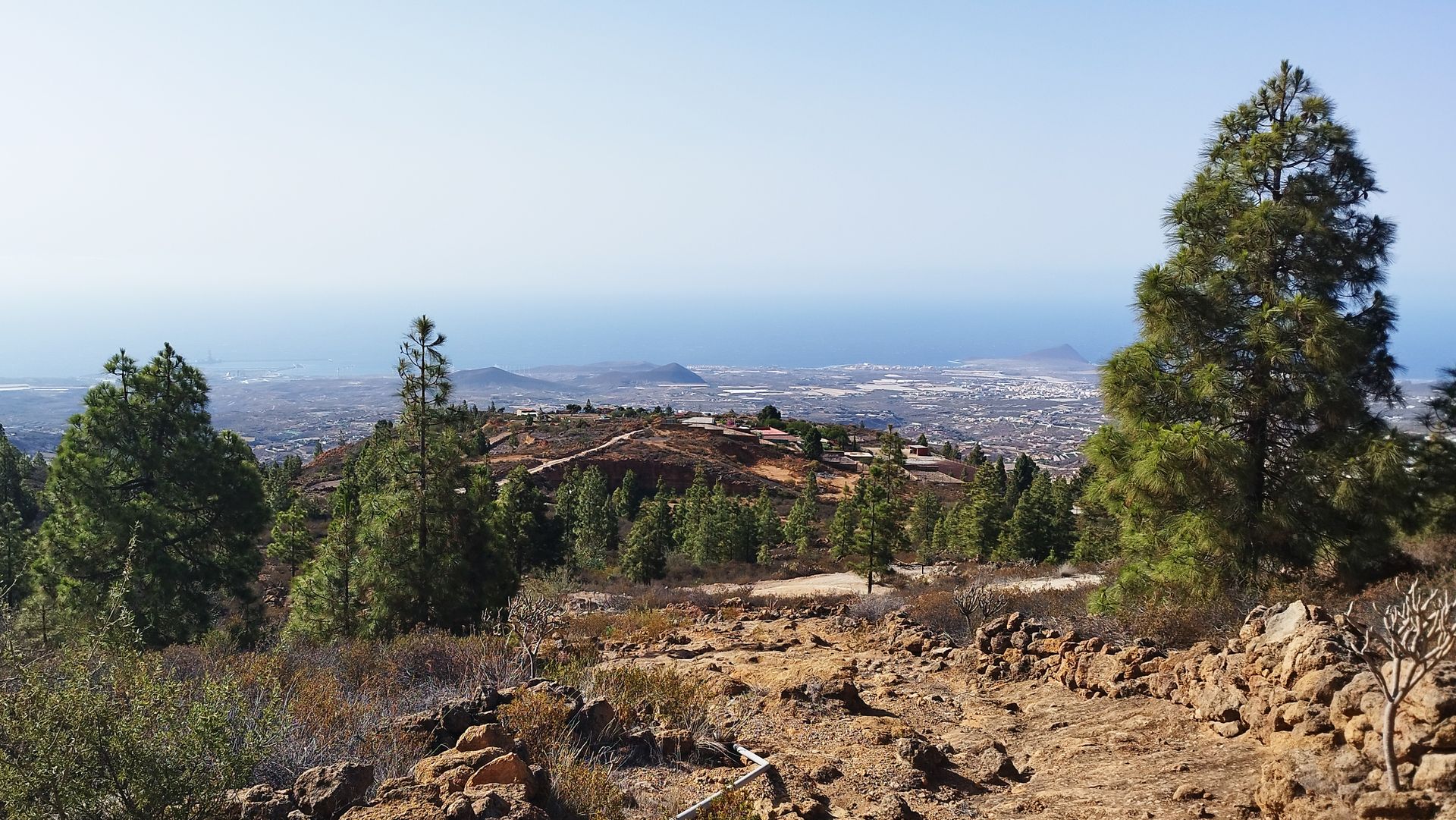
La Higuera
—
by
The legacy of the Canarian fig trees This district of Granadilla de Abona owes its name to one of the most appreciated trees in Canarian agriculture. The presence of the fig tree dates back to aboriginal times, long before the conquest of the islands, as ancient accounts and archaeological studies confirm. Figs played a fundamental…
-
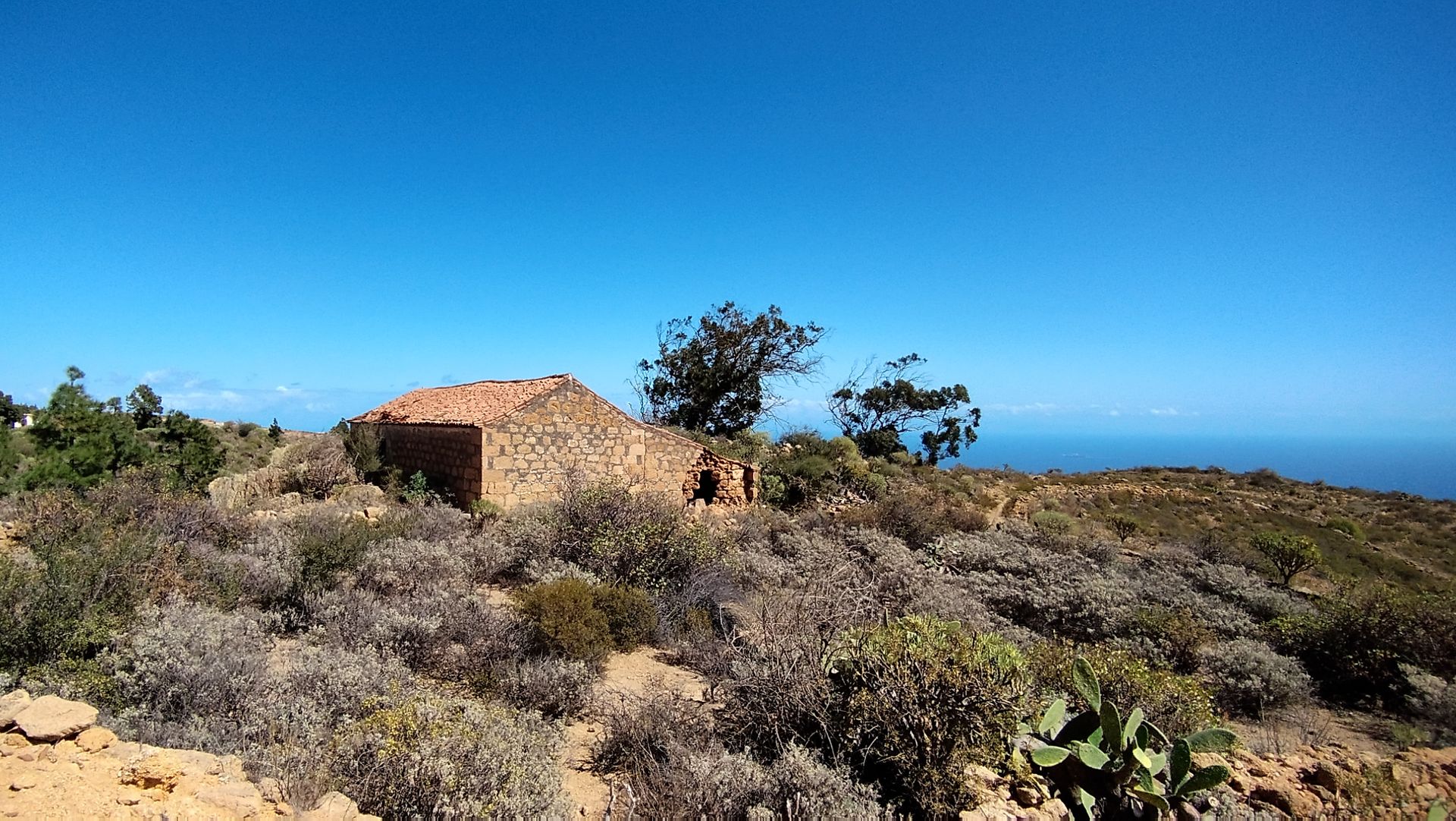
Casa del Tejal
—
by
The Tejal’s house or the Clérigo’s house? This old house is known by two different names: the “Casa el Tejal” and the “Casa el Clérigo”. The former is indicative of the existence of a small artisan weaving industry. Three elements are needed to make roof tiles: water, firewood and suitable soil. The surroundings are rich…
-
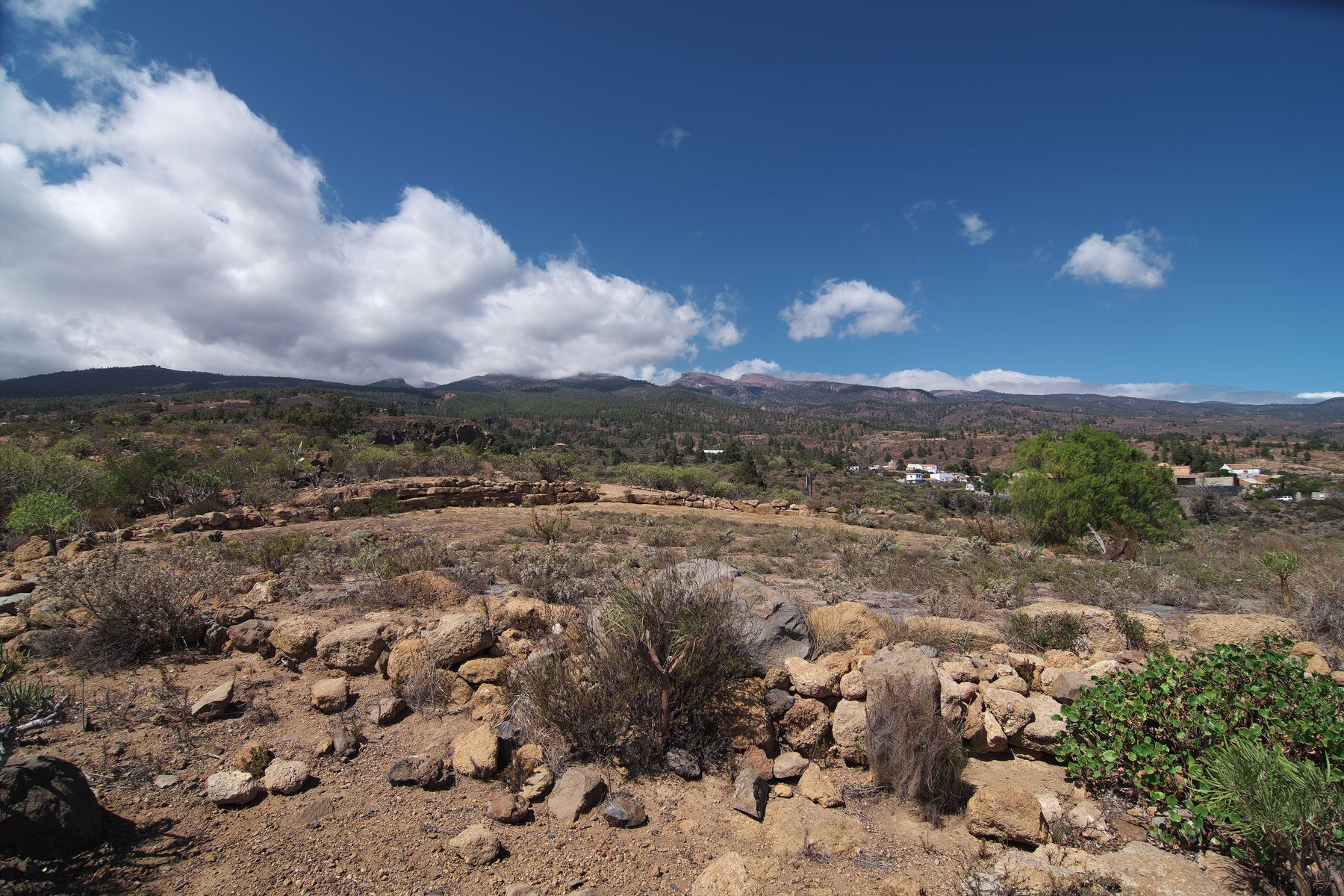
Era del Tejal
—
by
Camels were the driving force of the island’s countryside. The Tejal threshing floor is about 25 metres in diameter and is notable for being carved directly into the volcanic tuff. At some points the hollows were filled in with basalt slabs to complete the necessary smooth surface. It is very likely that camels were used…
-
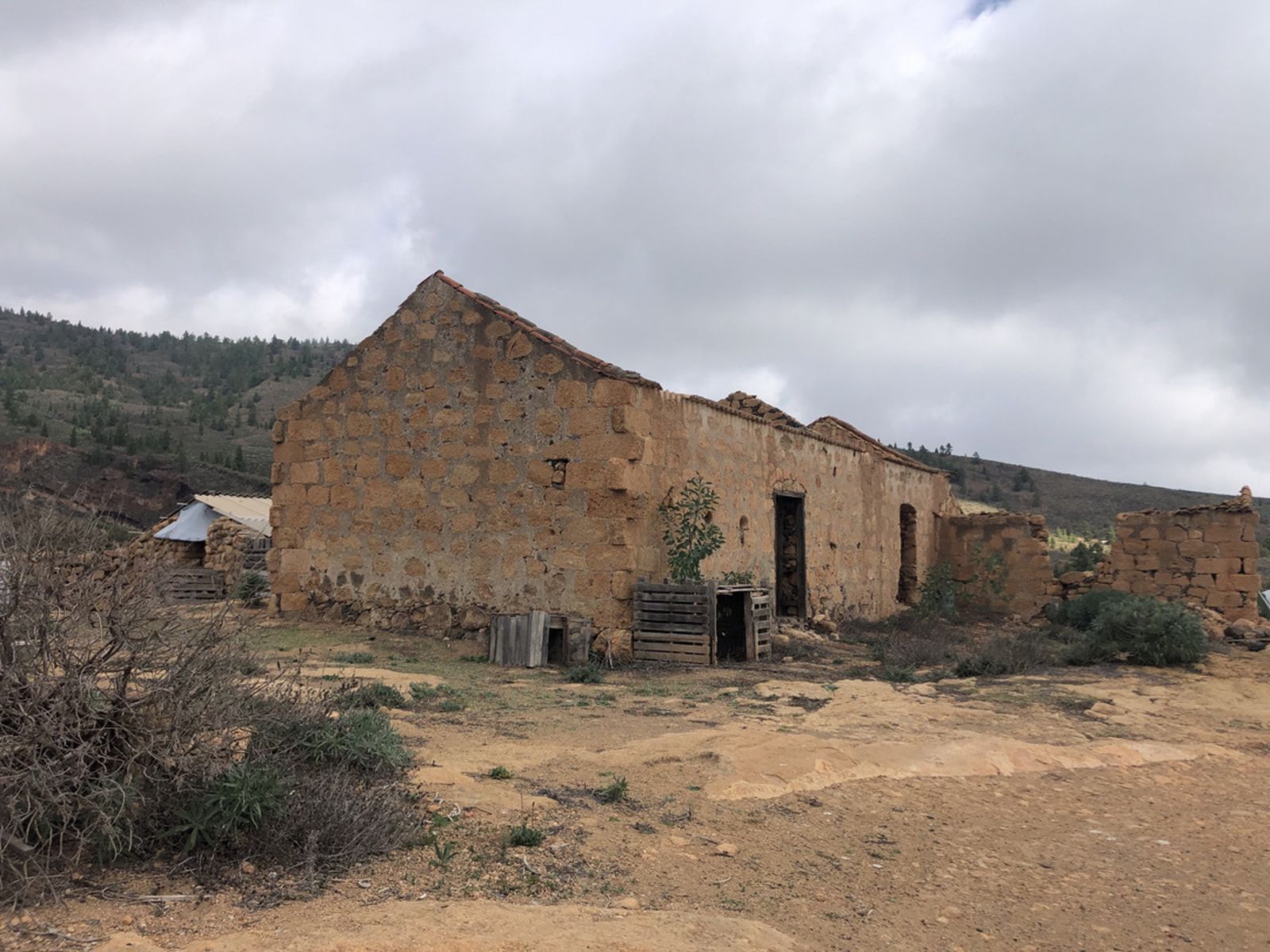
Casa del Seco
El Seco owes its name to an ancient pine tree. This house, the wide hill on which it stands and many other elements of the place, such as various fountains, the path and the threshing floor, take their name from the Pino Seco, an ancient Canary Island pine tree. The area was mainly devoted to…
-
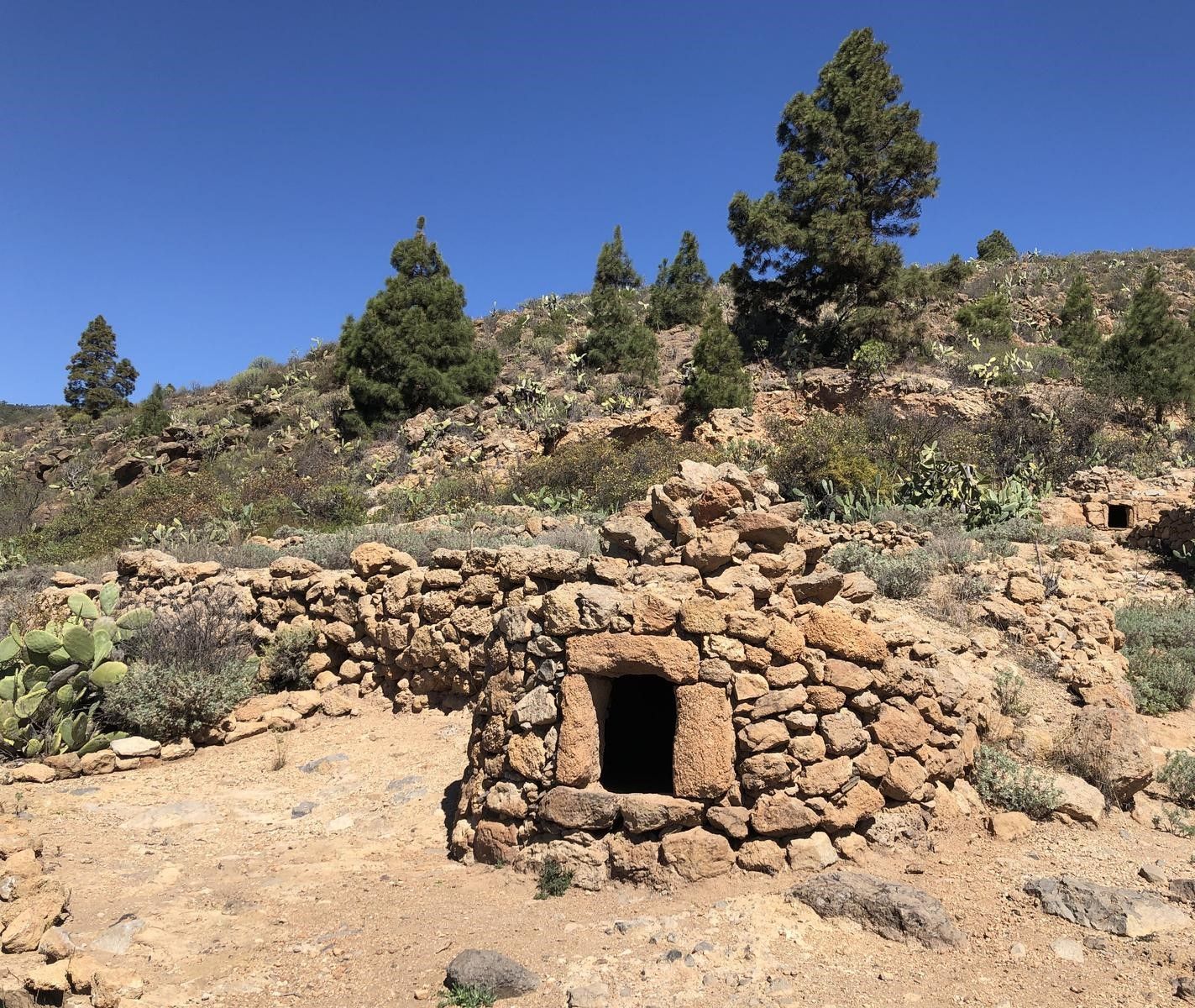
Horno de secar fruta
A way of preserving food in an area rich in fruit trees The need to preserve food all year round meant that different techniques for drying fruit were practised in the south. Ovens were essential for this purpose. Las Vegas, being an eminently agricultural settlement, lived from various crops, mainly cereals, where fruit trees also…
-
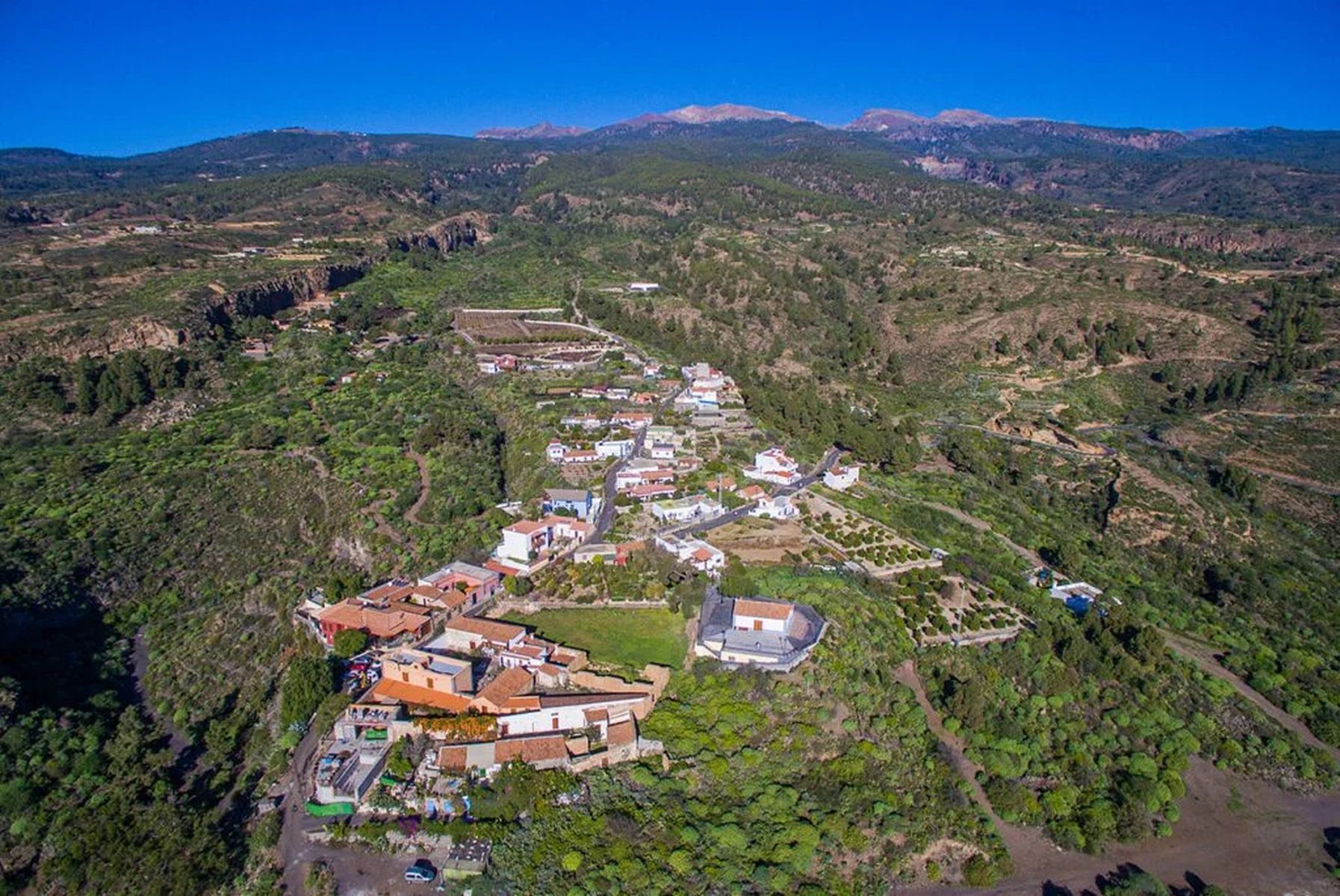
Las Vegas oasis de fertilidad
In Las Vegas, an oasis of fertility was found in the arid south of the island The origin of “Las Vegas” is linked to the fertility of its farmland. But what is a vega? It is a low, flat and fertile part of the land that is periodically flooded as a result of rainfall. If…
-

Era la Abejera
Threshing floors like this one remind us of the importance of cereal cultivation in the past The midlands of the south of Tenerife are dotted with threshing floors that remind us of the importance of cereal production for feeding the population. In the seventies of the 20th century, the arrival of tourism and massive food…
